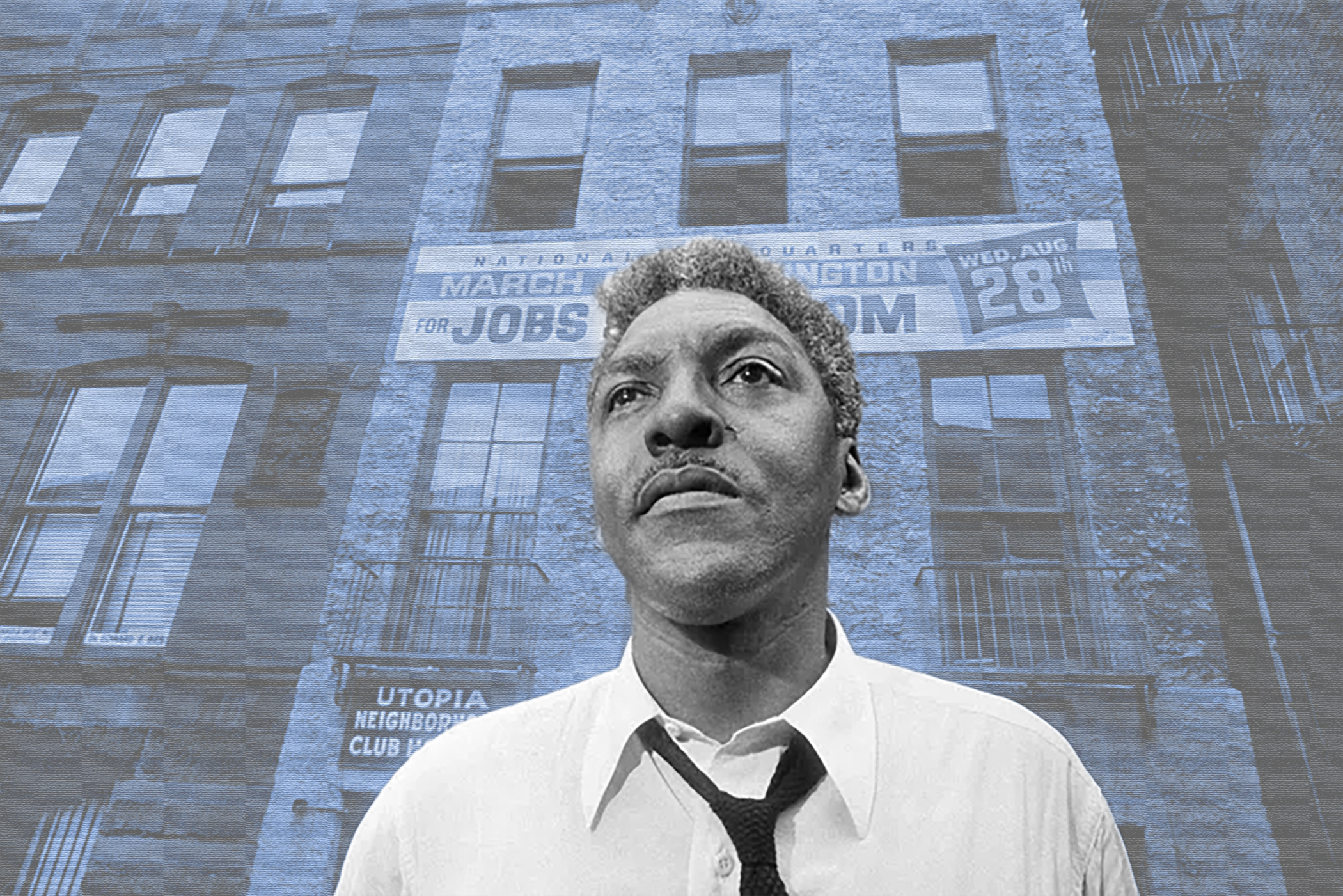
About The Film
BROTHER OUTSIDER: THE
LIFE OF BAYARD RUSTIN
has received major funding from the Independent Television Service, the National Black Programming Consortium, the National Endowment for the Humanities, and a number of private foundations and funders (see list).
Style and approach
BROTHER OUTSIDER takes a multifaceted approach to the material, reflecting the complexity of Rustin’s story. This feature-length portrait unfolds both chronologically and thematically, using interviews and traditional documentary techniques, as well as experimental approaches. The work of Marlon Riggs and the pastiche quality of his groundbreaking documentaries have inspired the production team. The historical aspects of the piece are based on meticulous primary research in the Rustin papers and other archives, and will incorporate elements such as archival footage, stills, posters and broadsheets, government propaganda films, paintings, and other cultural artifacts.
Though Bayard Rustin did not keep a journal, the film uses his first-person voice wherever possible, gleaned from his extensive writings (compiled in the volume Down the Line, published in 1971, and other unpublished collections), papers and personal correspondence, and numerous recorded interviews. The extensive oral interviews conducted by the Columbia University Oral History Research Project constitute a primary recorded source of Rustin’s reflections and perspectives.
Beyond this, Rustin’s and other first-person voices contrast with excerpts from Rustin’s FBI files, which present J. Edgar Hoover’s view of Rustin as a “suspected communist and known homosexual subversive.” BROTHER OUTSIDER creates an aesthetic that reflects Rustin’s position as an outsider, a troublemaker and an eloquent speaker who refused to be silenced.

